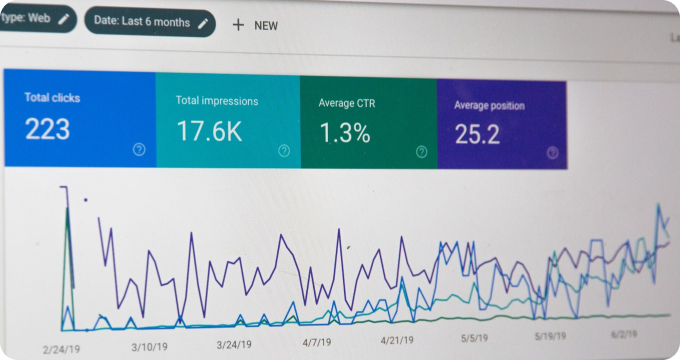Ask These Questions to a Forex Liquidity Provider to Choose the Right One for Your Trading Needs
- November 20, 2023
- 2 minutes
In the realm of forex trading, liquidity providers play a pivotal role. They are the financial institutions that offer pricing on a particular currency pair. By virtue of their position, they enable immediate trade by providing both the bid (buy) and ask (sell) price. This not only ensures a continuous flow of the market but also safeguards it from extreme volatility.
Given the indispensable role of liquidity providers, it becomes imperative for forex traders to choose one that aligns with their trading needs optimally. In this context, it would be beneficial to pose certain questions to potential forex liquidity providers to ascertain if they are the right fit for your trading specifications.
-
What is the depth of your market liquidity?
Market liquidity refers to the extent to which a market allows assets to be bought and sold at stable prices. A higher market depth implies that there will be minimal slippage when executing large orders. Hence, if you are a high-volume trader, it is crucial to ensure your liquidity provider has a significant market depth.
-
What are the spreads offered?
Spreads denote the transaction cost and are the difference between the bid and ask price. Lower spreads are beneficial as they reduce the cost to enter a trade. Comparing spreads offered by various liquidity providers can help you locate one that offers competitive rates.
-
What is your latency like?
Latency, in the realm of forex trading, refers to the time taken to execute an order. Traders, especially those employing high-frequency trading strategies such as scalping or arbitrage, require low latency for optimal execution.
-
What technologies are used to ensure seamless trade execution?
In an age of high-speed trading and advanced algorithms, the technological prowess of your liquidity provider can greatly impact your trade execution. Their technology should be capable of handling high trading volumes, prevent slippage, and mitigate risk.
-
How do you handle requotes and order rejection?
Requotes and order rejection can adversely affect your trading activities, especially if they occur frequently. It thus becomes essential to understand your liquidity provider's policies in this regard.
-
What kind of clientele do you typically cater to?
Understanding the typical clientele of a liquidity provider can offer insights into whether they are equipped to handle your trading volume and strategy.
-
How many liquidity sources do you have access to?
The number of liquidity sources a provider has access to often reflects the quality of trade execution. More sources mean that the provider can find the best prices from a wider pool, ensuring more competitive rates.
In the final analysis, the selection of a liquidity provider is as much a strategic decision as it is a financial one. The choice dictates not only the costs you incur but also the effectiveness of your trades. Hence, a detailed interrogation of potential liquidity providers using the above elucidated questions will assist you in choosing a provider that is congruous with your trading needs.
Remember, liquidity providers are not mere vendors; they are your partners in the forex trading journey. Therefore, the choice of a liquidity provider should be based on a careful assessment of their ability to meet your specific requirements in terms of cost, market access, and trade execution.
In the dynamic landscape of forex trading, the compatibility between a trader and their liquidity provider can be the difference between success and failure. Therefore, choose wisely, trade strategically, and may the forex odds be ever in your favor.
Learn More
Unleash the potential of your forex trading journey by diving deeper into our enlightening blog posts about forex liquidity providers. They are encouraged to further enhance their understanding by exploring our comprehensive rankings of Top Forex Liquidity Providers.
Popular Posts
-
 Forex Liquidity Providers Industry Report: Key Findings and Crucial Insights
Forex Liquidity Providers Industry Report: Key Findings and Crucial Insights
-
 The Future of Forex Liquidity Providers: Predictions and Emerging Trends
The Future of Forex Liquidity Providers: Predictions and Emerging Trends
-
 9 Things I Wish I'd Known About Forex Liquidity Providers Before Engaging One
9 Things I Wish I'd Known About Forex Liquidity Providers Before Engaging One
-
 How to Hire the Right Forex Liquidity Provider for Your Trading Needs
How to Hire the Right Forex Liquidity Provider for Your Trading Needs
-
 Ask These Questions to a Forex Liquidity Provider to Choose the Right One for Your Trading Needs
Ask These Questions to a Forex Liquidity Provider to Choose the Right One for Your Trading Needs






